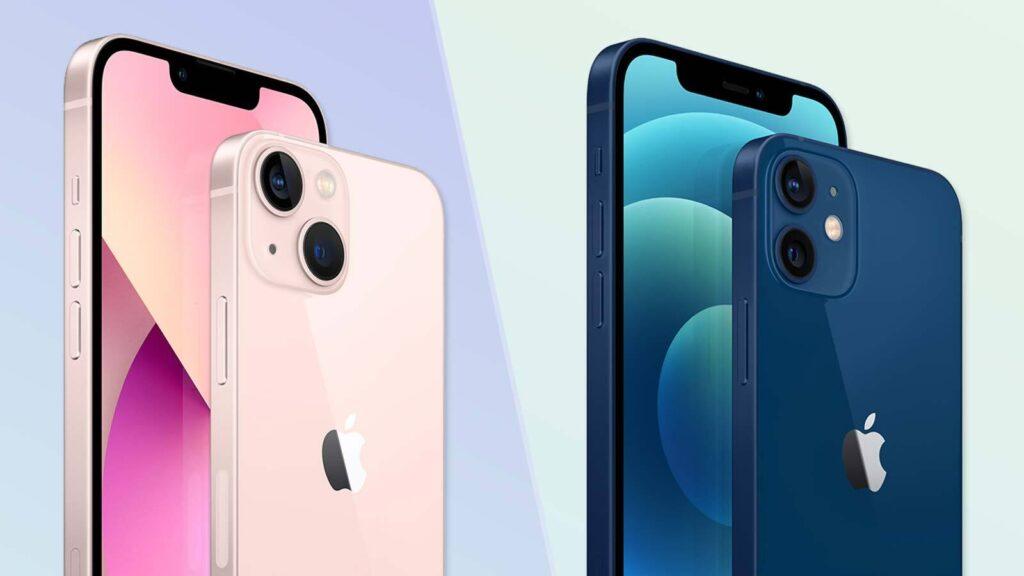Technological innovation lies at the heart of Silicon Valley, and Apple’s iPhone releases are some of the most highly anticipated technology events.
During these events, Apple consistently boasts marginal improvements in battery life, picture quality and refresh rates as incentives to trade in old phones for new ones. However, it makes zero financial sense to buy new iPhones annually.
There are a finite number of ways that a smartphone can be improved in a short period of time, so these advancements have lost their novelty over the last several years.
The iPhone 13 Pro Max, Apple’s newest and most expensive product, sells for an exorbitant $1,200, has a battery life of around 12 hours, a screen refresh rate of 120 Hz, a 28 percent brighter screen than the iPhone 12 and an ultrawide camera equipped with a cinematic mode.
Despite the seeming allure of these features, these marginal improvements are not worth the $1,000 investment.
Battery Life
The new iPhone 13’s battery lasts an average of 12 hours, 1.5 hours longer than the previous iPhone’s battery, the longevity of the battery until it needs to be charged again.
However, this battery life is not even close to revolutionary: Seven current phones from various manufacturers have even longer battery lives, including the $500 Samsung Galaxy A52 5G.
Additionally, longer battery life is rarely useful for most teens who charge their phones at night and only require them to last for the day.
Upgraded refresh rate
The iPhone 13 Pro’s refresh rate, or how many times per second an image refreshes on the screen, has increased significantly from the previous models. By increasing the refresh rate significantly, Apple has created a much smoother user experience and interface, at least in theory.
However, the higher refresh rate is only noticeable to users while scrolling and the benefit of being able to scroll down more smoothly are hardly worth $1,200. Until Apple lives up to its patent of a 240 Hz refresh rate, this will have little justified effect on most users.
Camera improvements impressive but perhaps not useful quality
The major change to the iPhone this year is a sophisticated camera system. The key new features are Macro mode, Cinematic mode and Night Mode, which enable users to capture more professional looks.
Macro mode captures photos that are just two centimeters away with unprecedented quality. While impressive, this technology provides a very niche and generally useless ability to most users.
Cinematic mode creates a more movie-like look for videos. This is not beneficial to the average consumer who does not shoot scenes of movies or videos on a regular basis. It is also not useful for professional filmmakers and directors, who use significantly more specialized equipment.
Night Mode illuminates the surroundings of a dark environment. However, since few users wish to take wildlife photography or a clear picture of a truck’s license plate in the middle of the night, this isn’t valuable.
While the new camera system has seen several new additions and improvements, most of them have very little relevance or significance to the layman.
Design changes
The most noticeable change in the iPhone 13 is its new camera design. Compared to the previous iPhones aligned cameras, the iPhone 13 now has diagonal cameras. This change will allow others to differentiate the iPhone 13 from the previous generation iPhones, but isn’t different enough to be worth such a hefty purchase.
Another design difference between the iPhone 13 and its predecessor is the notch, a thin black area covering the top display of the phone, which is 20 percent smaller. However, such a small decrease is barely visible to the naked eye.
Conclusion: Save your money
Since buying a new iPhone every year provides few benefits, it is a colossal waste of money. The best alternative is to upgrade phones every five years or so, in order to allow old technology to become outdated and to purchase new technology with meaningful advancements.
























